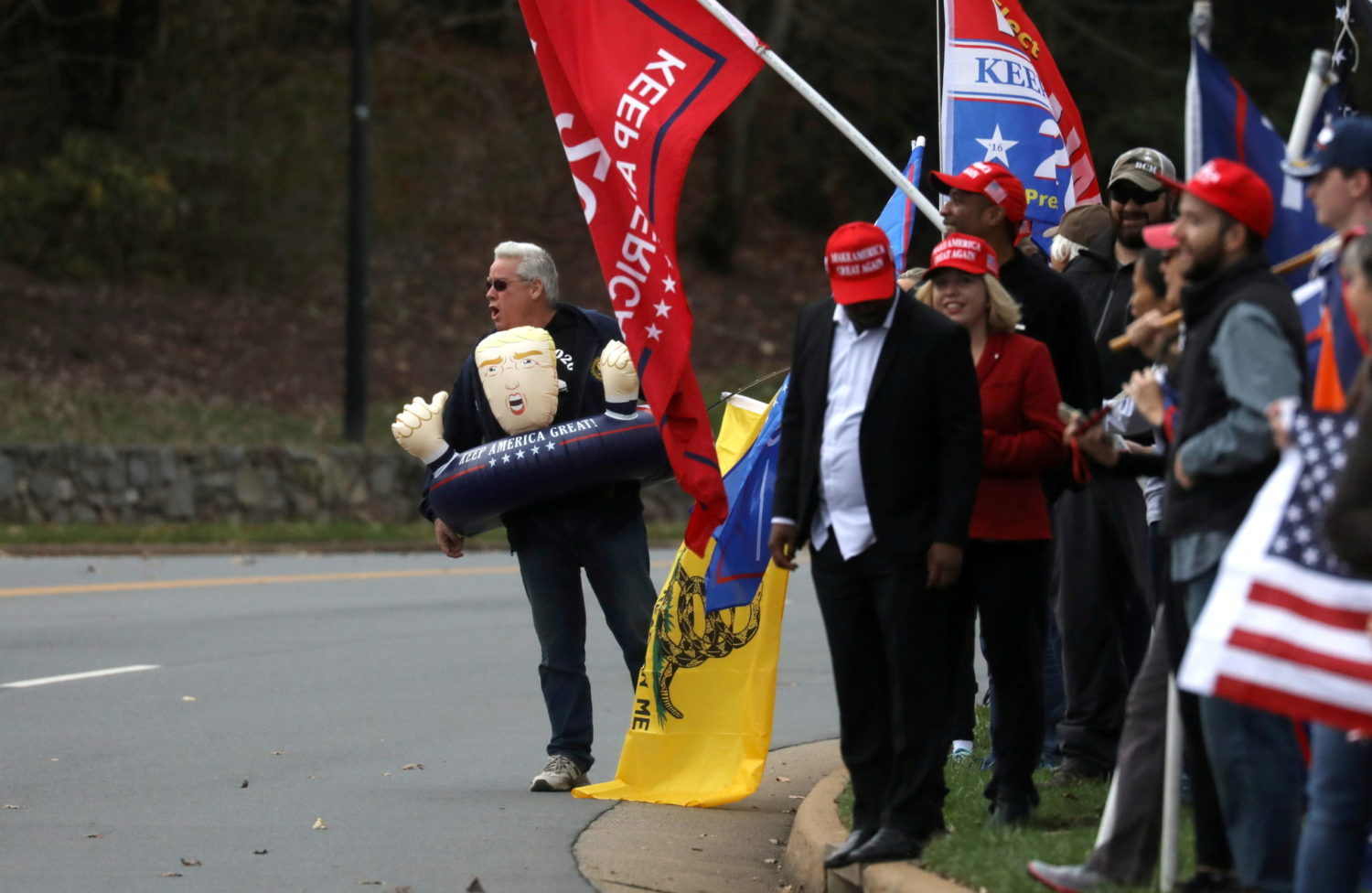
Important Takeaways:
- Do you believe Donald Trump? He is entirely convinced that if we stay on the path that we are currently on we are heading into a “great depression”, and many believe that he is right on target. Unemployment is rising, manufacturing activity is contracting, bankruptcies are soaring, home sales have fallen to depressingly low levels, the cost-of-living crisis never seems to end, poverty is soaring and homelessness is at the highest level ever recorded. Since Barack Obama first entered the White House, our politicians in Washington have been propping up the economy by adding 25 trillion dollars to the national debt. Now our national debt has crossed the 35 trillion-dollar mark, and our politicians continue to spend money at a pace that is absolutely absurd. But despite this tremendous influx of borrowed cash, the wheels are starting to come off the U.S. economy anyway.
- This week, everyone is talking about a “recession” because of what has been happening in the financial markets.
- Prior to Tuesday’s session, more than 6 trillion dollars in global stock market wealth had already been wiped out…
- Bloomberg estimates that approximately $6.4 trillion has been erased from the value of global stock markets over the past three weeks.
- Last Friday, the Sahm rule was triggered when the unemployment rate went up again…
- The Sahm rule, created by the former Federal Reserve official Claudia Sahm, triggers when the unemployment rate’s three-month moving average moves 50 basis points above its 12-month low.
- That rule was triggered Friday, with the moving average rising 53 basis points above that one-year trough, according to the real-time Sahm Rule Recession Indicator from the St. Louis Federal Reserve.
- The Sahm rule has successfully predicted every single recession since 1970, and it is indicating that another recession is here.
- Today, we learned that Dell is planning another round of mass layoffs…
- While Dell has confirmed the layoffs, it hasn’t revealed how many employees are losing their jobs. SiliconAngle reports that roughly 12,500 Dell employees are being laid off this week, citing an unnamed source. Impacted employees are primarily on Dell’s sales and marketing teams. A layoff tracker has since reported the same number.
- Former Dell employee Ian Armstrong, who previously worked on the company’s UX design team for eight years, called the layoffs a “bloodbath” in a post, reporting that Dell has now laid off 24,500 staff in the past 15 months.
- Meanwhile, the cost-of-living crisis continues to crush working families all over the nation.
- At this point, it takes an additional thousand dollars a month for the typical U.S. household to buy the exact same goods and services that it did three years ago…
- The typical U.S. household needed to pay $227 more a month in March to purchase the same goods and services it did one year ago because of still-high inflation, according to calculations from Moody’s Analytics chief economist Mark Zandi shared with FOX Business.
- Americans are paying on average $784 more each month compared with the same time two years ago and $1,069 more compared with three years ago, before the inflation crisis began.
- That is one of the primary reasons why credit card debt is at an all-time high and credit card delinquencies are soaring into the stratosphere…
- As I discussed a few days ago, we are witnessing a very alarming surge in business bankruptcies…
- Over the past year, business bankruptcy filings are up 40.3 percent, and have now reached a number not seen since the second quarter of 2020, at the peak of lockdowns. American households are following along, with total bankruptcy filings up 16.2 percent in the past year, including 132,710 new filings in the second quarter of 2024 alone.
- A 40 percent increase in one year is quite serious.
Read the original article by clicking here.











